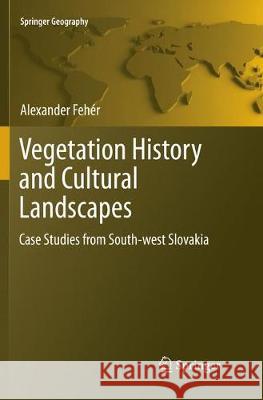Vegetation History and Cultural Landscapes: Case Studies from South-West Slovakia » książka
topmenu
Vegetation History and Cultural Landscapes: Case Studies from South-West Slovakia
ISBN-13: 9783319868219 / Angielski / Miękka / 2018 / 306 str.
Kategorie:
Kategorie BISAC:
Wydawca:
Springer
Seria wydawnicza:
Język:
Angielski
ISBN-13:
9783319868219
Rok wydania:
2018
Wydanie:
Softcover Repri
Ilość stron:
306
Oprawa:
Miękka
Wolumenów:
01











